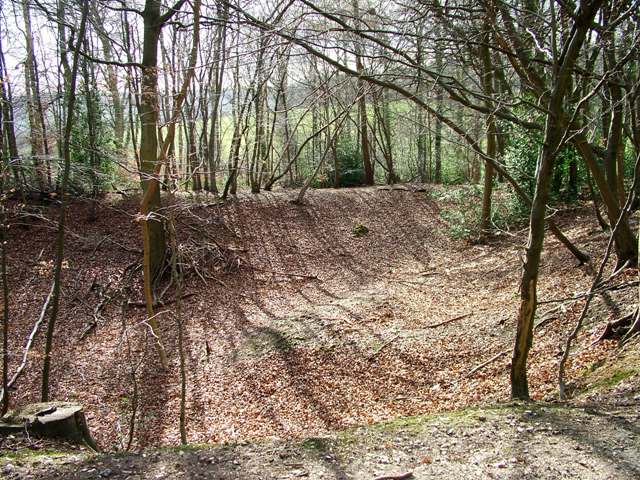A feature of many of the Chiltern ancient woodlands are the mysterious dells. These dells are often referred to as chalk pits. They vary in size but many are huge excavations, so what was their purpose? I have heard many people say that they were dug for flint, flint for incorporating in the vernacular cottages and farms that populate the landscape, and also for metaling the tracks and local roads. In fact flint was just a by-product of the digging the dells, some of which served a local need but more was extracted than there was a use for. This is evidenced by the discarded flint in and close to the many dells that I have explored.
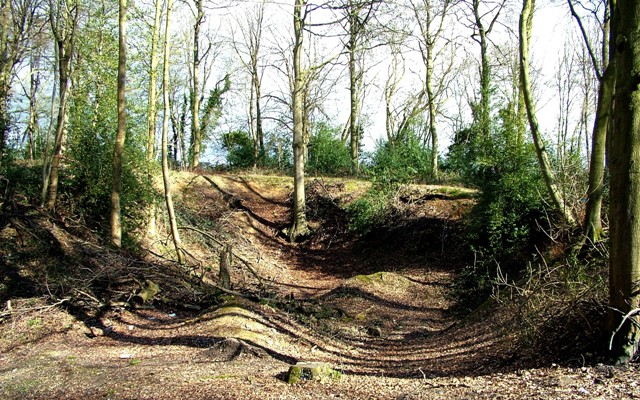
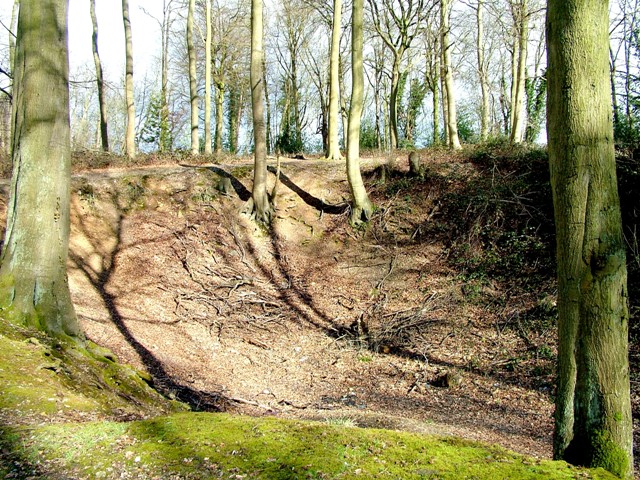
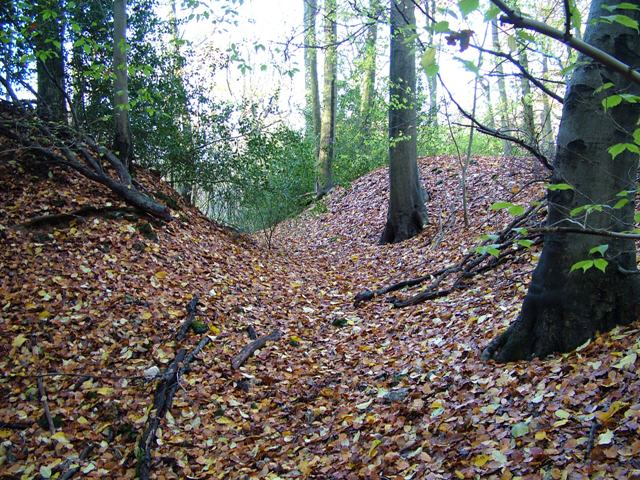
The geology of our local woodland is one of chalk with flint, often overlaid with clay with flints.
Historically clay has been used since Neolithic times for making pottery continuing through the Bronze Age and Iron Age, and I have recovered Iron Age pottery from the Wildwood. With the arrival of the Romans clay was in very great demand for making into bricks, tiles and pottery in much larger amounts than previously.
The Wildwood contains several very large dells, huge monuments to past mans physical endeavour. Approximately 2 metres of clay overlays the chalk in our Wildwood and in the digging of our dells this has been removed from the immediate vicinity as there is no evidence that it was dumped as waste close by. Was the clay taken down to the Misbourne Valley to be manufactured into bricks and tiles, if so would this have been during the Roman or Medieval period, or latter? There is no evidence in the woodland itself of such manufacture.
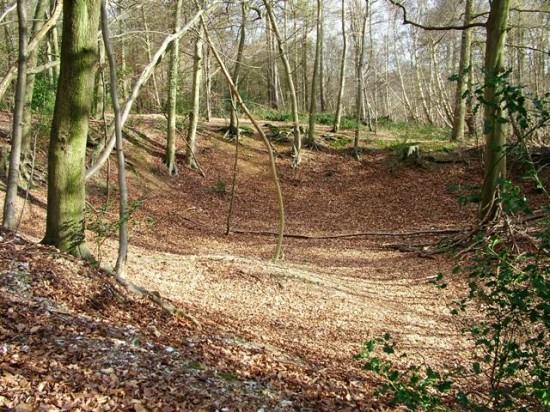
Beneath the clay lies the chalk and again this material was dug and carted away.
The cart and wagon-ways leading from the dells are still in evidence today and interestingly they all lead towards the neighbouring fields, could this be a clue? Adding chalk to clayey meadows and ploughed soil helps break up the heavy ill draining nature of the clay and can also raise the pH level and thereby improving the soil fertility. Lumps of chalk are fragmented by the expanding winter frosts. These agricultural techniques were well understood by the Romans, Pliny records that the Celtic inhabitants of Britain and Gaul used marl (chalk?) in the 1st Century as a fertiliser. There are many references of these practices in England from the Norman Conquest onward.
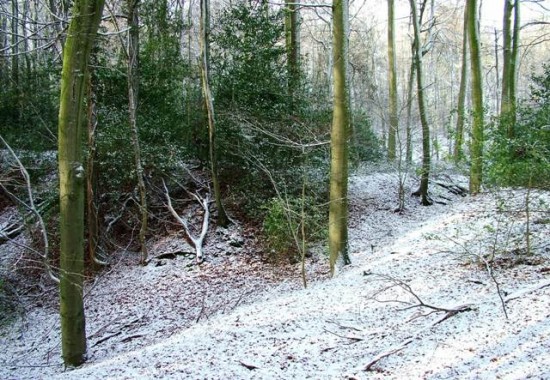
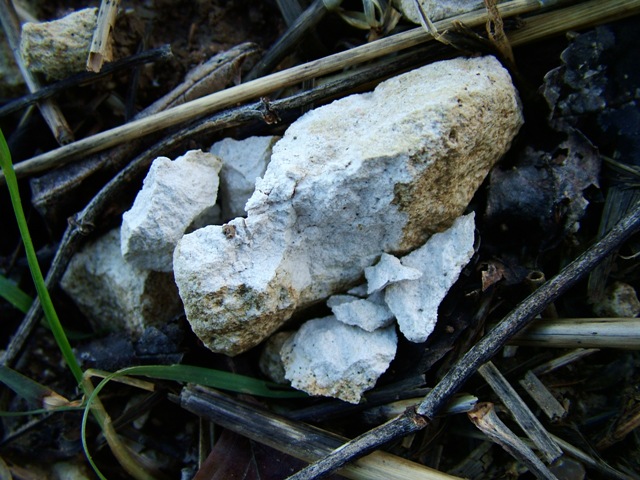
Lime is a product derived from chalk, usually by baking (burning) in a ‘lime kiln’. Now of course the local Romans with their brick, floor tiles and hypocausts would require a large amount of lime, after all they invented concrete and mortar. There is no apparent evidence of such activity in our Wildwood, nor am I aware of any in the wider locality. The Saxons (the dark ages!) mostly lived in wooden buildings but there would have been a huge demand for chalk from the medieval period to the present day, only recently has the Pitstone and Chinnor cement works closed.
So, here in the Chiltern Hills we have these massive quarry like dells and yet we can only speculate as to their origins; to the best of my knowledge there has been no archaeological exploration of the many woodland dells, in my opinion, a project well overdue.
